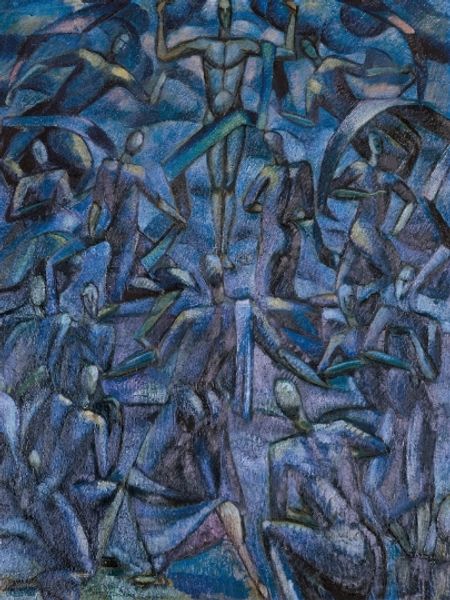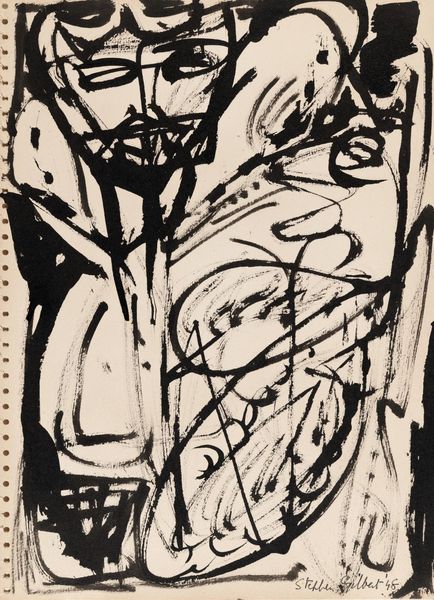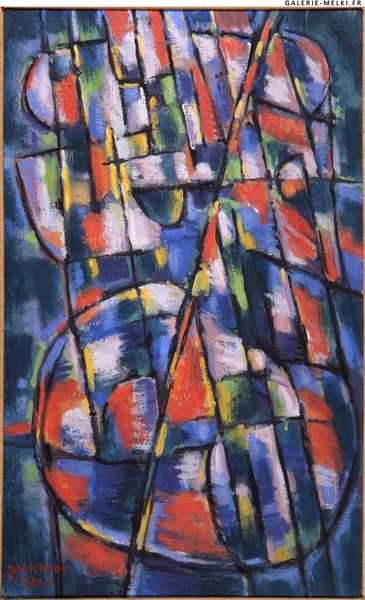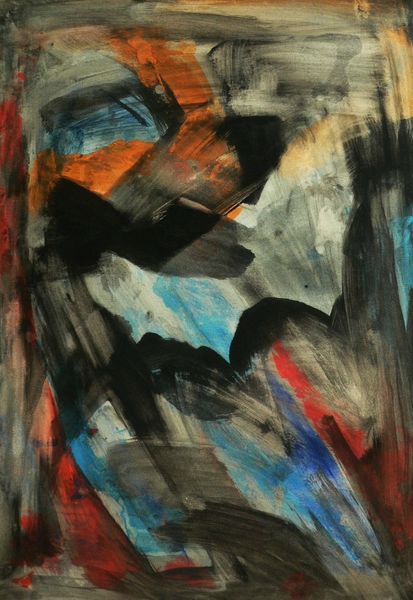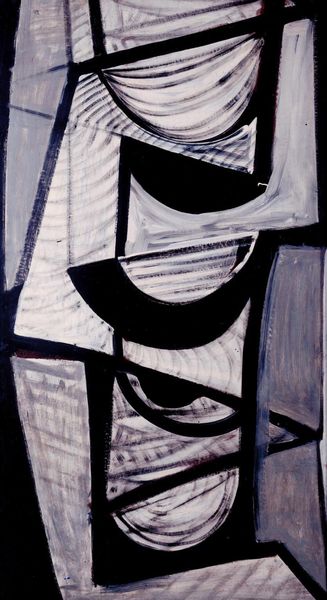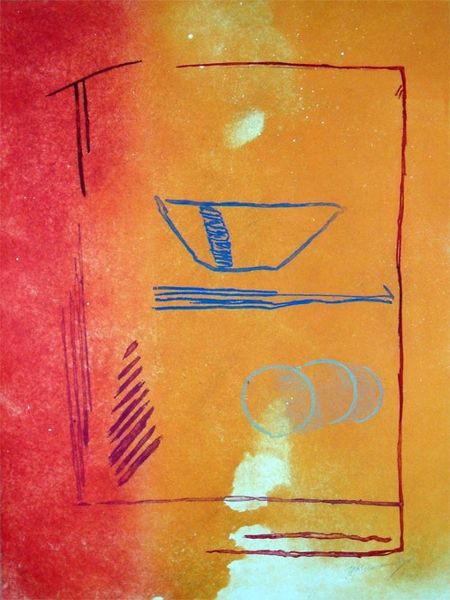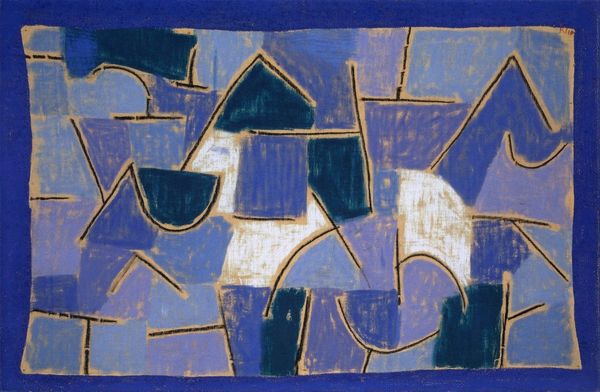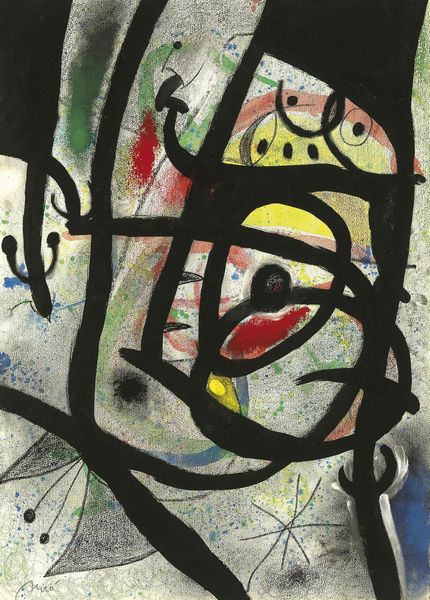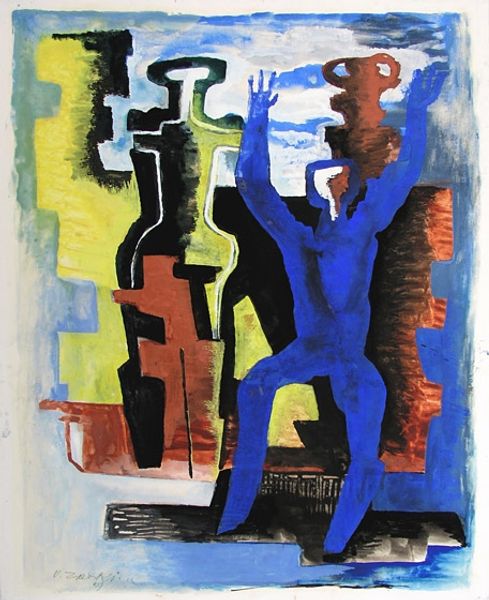
drawing, tempera, paper, ink
#
portrait
#
drawing
#
self-portrait
#
tempera
#
german-expressionism
#
figuration
#
paper
#
ink
#
expressionism
#
line
Copyright: Public Domain: Artvee
Curator: Look at the stark simplicity of Egon Schiele's "zwei Strichmännchen" from 1918. Executed with tempera and ink on paper, it presents two stark, almost childlike figures against a distressed blue ground. My first thought is of ghosts struggling in ether, reaching with disconnected intent. Editor: My eye is immediately drawn to the fragility within the image, especially knowing this work came at the very end of the first World War. How do you see the rendering of such simple forms in the wider context of the war? Curator: Schiele's engagement with simplified figuration, at the time of immense sociopolitical instability, signals his awareness of the widespread destabilization of identity within European culture. Consider, the artist’s figures evoke not merely images of humanity, but haunting remnants that articulate themes of trauma and impermanence. Editor: There's a sense of almost totemic presence, these stark figures seem deeply rooted to a place beyond mere representation, echoing the spiritual art of tribal cultures that emphasize archetypal energies and unseen realms, with simplified symbols which channel universal forces. Is there an established visual rhetoric for his artistic choices? Curator: Definitely. Schiele and other expressionists, were drawing upon ideas prevalent within avant-garde circles which sought to collapse boundaries between so-called "primitive" art forms and high art traditions in the West. Schiele’s aesthetic, marked by rawness and immediacy, aimed at unearthing the primal human condition through direct expression. He actively rejected academic decorum to embody this idea of unveiling truths of our being through line, colour and form. Editor: This certainly amplifies my initial feeling toward archetypes, each line and contour, though minimalistic, adds volumes. I cannot unsee its impact! Curator: Understanding Schiele means recognizing how his era's anxieties shaped his artistic vision and what impact the simplified motifs can achieve to convey these profound truths. It allows viewers to approach it with eyes and hearts prepared to receive their stark reminder. Editor: I agree wholeheartedly! Now seeing this image, through this dialogue, prompts a reconsideration to explore it anew with the weight of the themes which surround Schiele's existence.
Comments
No comments
Be the first to comment and join the conversation on the ultimate creative platform.
